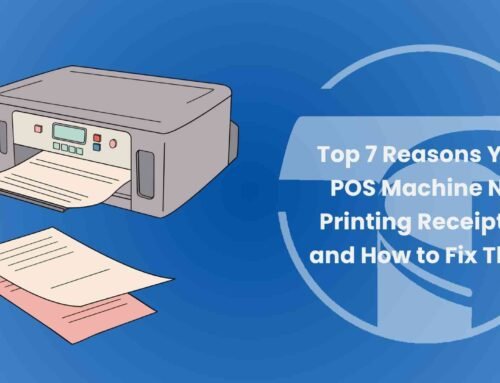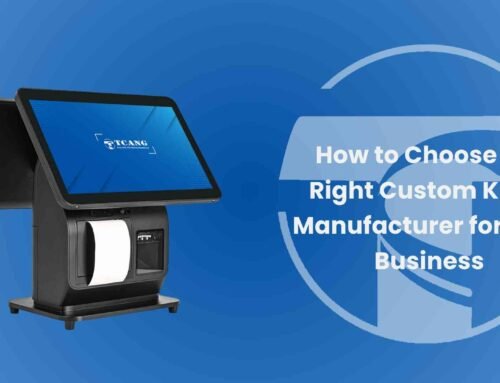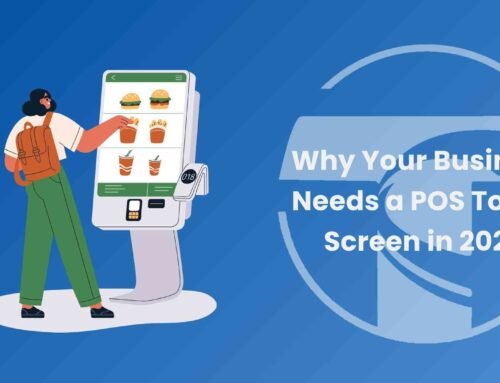When selecting a touch interface for industrial applications, understanding the resistive touch screen advantages and disadvantages is essential. This guide provides a clear overview tailored to manufacturers and engineers working in rugged environments.
What Is a Resistive Touch Screen?
A resistive touch screen is pressure-sensitive and composed of layered conductive sheets. When pressed, the layers make contact, registering touch. This design is valued for its simplicity and durability, especially in sectors like POS, automation, and medical equipment.
Resistive Touch Screen Advantages and Disadvantages
Advantages
- Works with gloved hands, styluses, or any object.
- More affordable than capacitive alternatives.
- Sealed surface resists dust, moisture, and chemicals.
- Simple to integrate with embedded or legacy systems.
Disadvantages
- Requires physical pressure for input recognition.
- Limited to single-touch functionality.
- Lower screen clarity and viewing angles.
- Prone to surface wear over time.
Industrial Use Suitability Overview
| Application Area | Suitability |
|---|---|
| Manufacturing Floors | ✅ Excellent – compatible with gloves & dusty conditions |
| Medical Devices | ✅ Stylus support, easy-to-clean interface |
| Outdoor Kiosks | ⚠️ Good with protection; consider screen visibility needs |
| POS Terminals | ✅ Cost-effective and durable in high-traffic environments |
Conclusion
Balancing the resistive touch screen advantages and disadvantages is key to successful deployment in industrial use. For projects requiring glove compatibility, affordability, and ruggedness, resistive technology remains a practical and reliable choice.







Leave A Comment